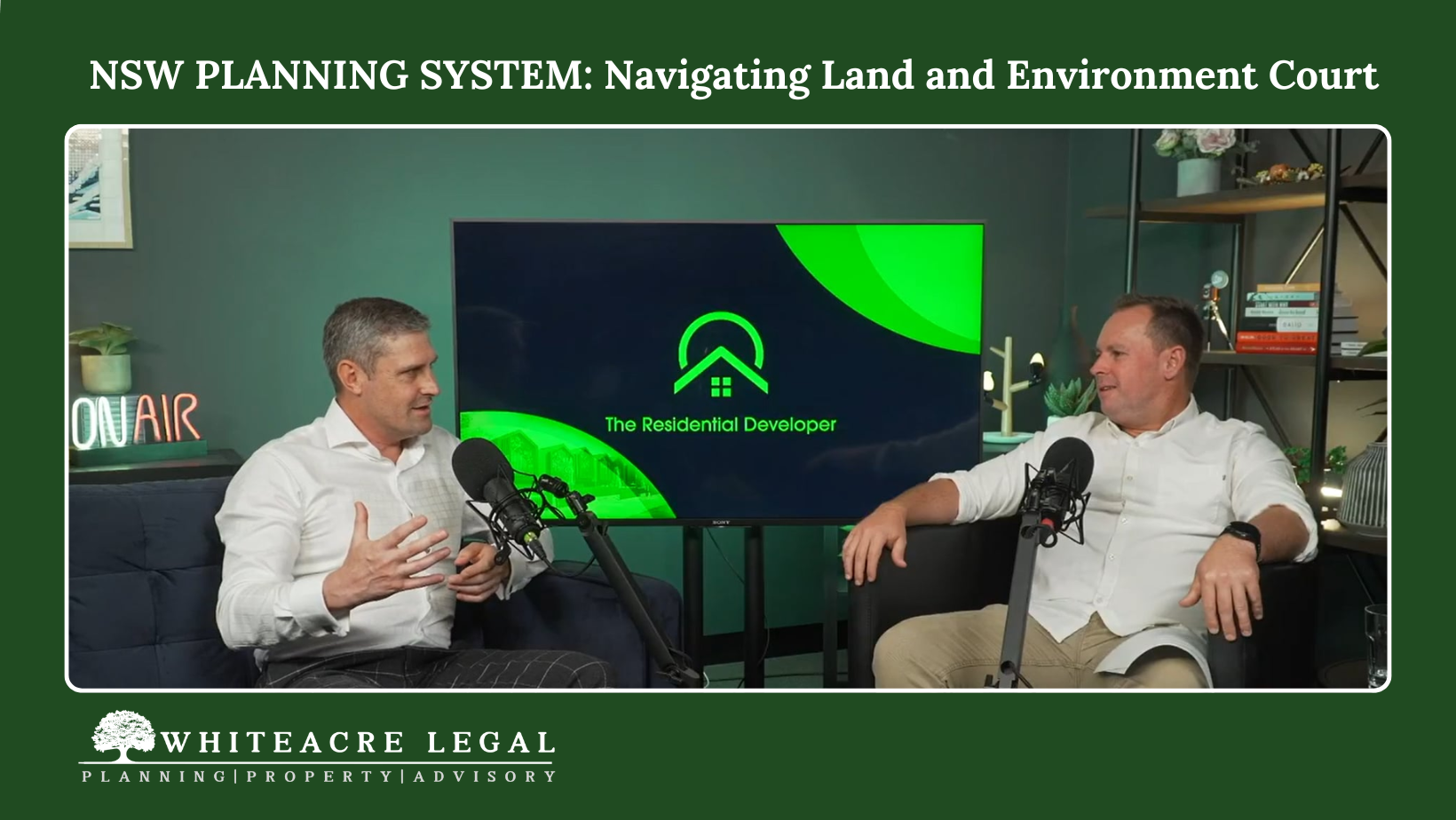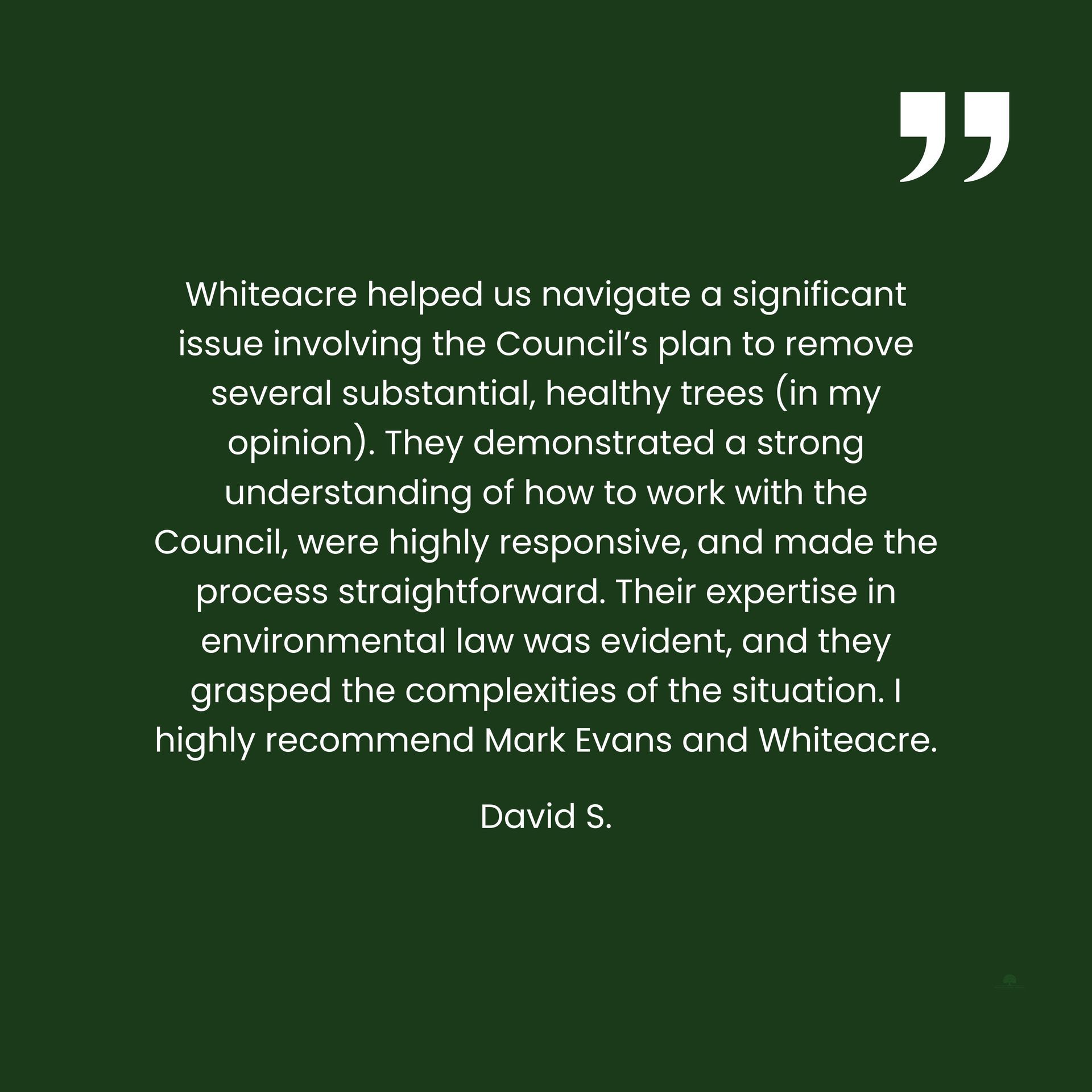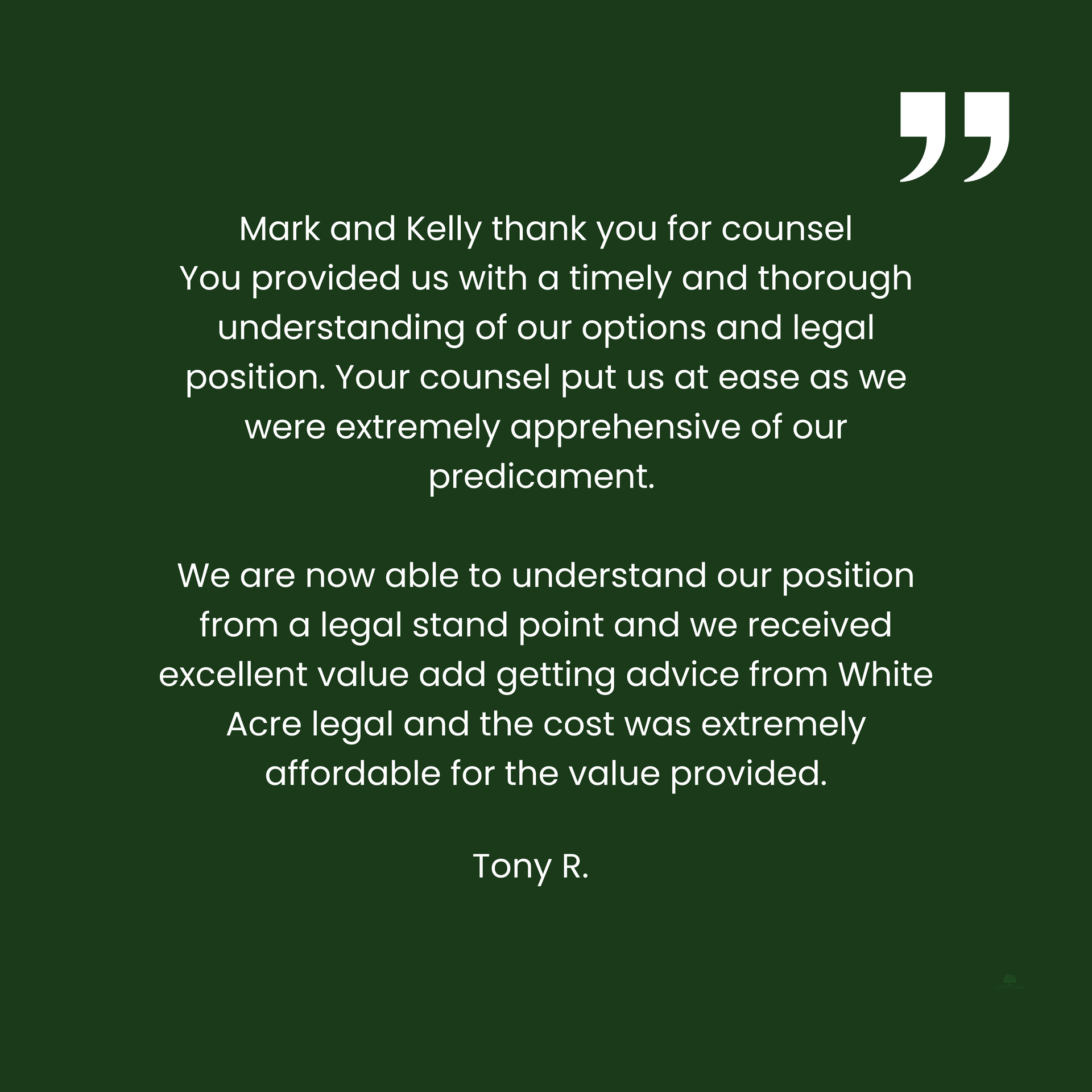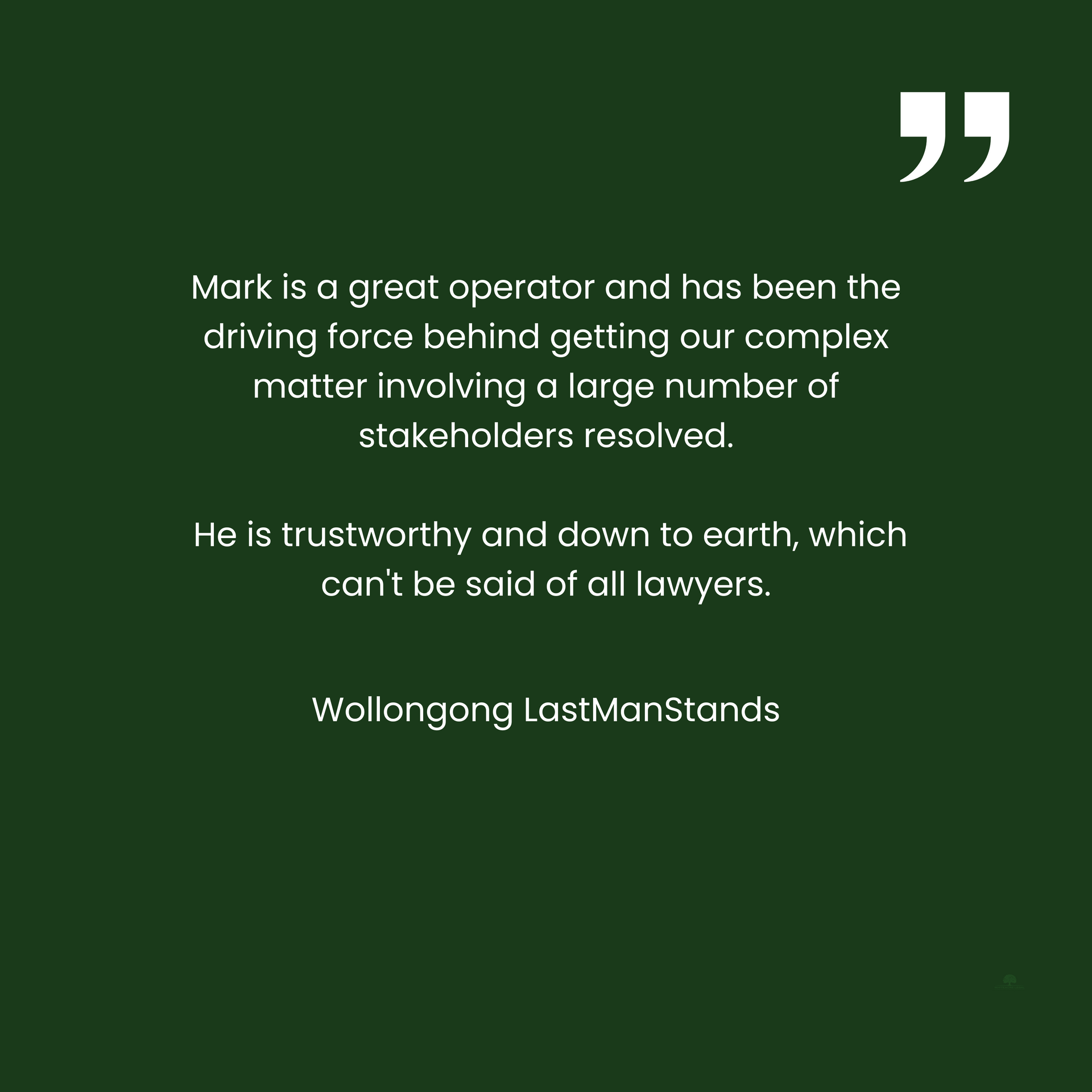Subdivision is not for any ultimate purpose - it is just subdivision
Subdivision is not development for any purpose other than the simple division of land.
Often consent authorities (local councils) will imply that subdivision must be for a purpose. Following subdivision, the reasoning goes, the subdivided lots are intended to be used for a purpose (for example a residential dwelling) and accordingly, council will impose conditions of consent regarding the end use of the subdivided lots.
This is true, to a point. Subdivision applications should not impose constraints on future use of subdivided lots, other than in exceptional circumstances.
This article explores the concept of subdivision in planning law and the end use of subdivided lots.
Introduction
“Subdivision of land” is defined in s 6.2(1) of the E nvironmental Planning and Assessment Act 1979 ( EPA Act ) as:
“the division of land into 2 or more parts that, after the division, would be obviously adapted for separate occupation, use or disposition”.
Subdivision does not constitute a use of land. It follows that a proposal for subdivision does not seek approval for development for any particular purpose.
This conclusion is supported by case law.
Judicial consideration
In Smith v Randwick Municipal Council (1950) 17 LGR (NSW) 246 ( Smith ) Sugerman J explained, at [250], that:
“The approval of a subdivision into lots is in law, the approval of the subdivision simpliciter not its approval with any condition or for any particular purpose, such as shops or dwellings et cetera.”
His Honour continued:
“The Local Government Act does not contribute any particular effect to approval of a subdivision as regards the uses to which the subdivided land may be put, or the buildings which may be erected upon it.”
This makes sense. For example, a landowner could subdivide a parcel of rural land into two lots. After the subdivision, that same landowner could build a poultry farm on one lot and operate a gravel quarry on the other lot. The range of uses to which the subdivided land could be put following subdivision make it impossible to imply beforehand what use the land may serve.
Why local councils get this wrong
Unfortunately, when assessing development applications for subdivision many local council planners imply a use for the proposed subdivision and then impose conditions of consent relating to how the subdivided lots must be used, where dwellings and fences can be built, driveways and so on.
It's likely that this derives from the planning principle in Parrott v Kiama [2004] NSWLEC 77 ( Parrott) . In that case, Roseth SC at [17] posed the question “When should a subdivision application include information on the buildings to be built on the resulting allotments?”
Roseth SC stated:
“It is normal practice in Australia to subdivide land without constraints on the buildings that can later be built. While this practice is appropriate in most cases, it is not always so.”
Roseth SC held that a subdivision application should provide constraints on future building in a number of specific, limited circumstances. Those circumstances are:
- when the proposed allotments are smaller than usual
- when the proposed lots are environmentally sensitive; or
- where significant impacts on neighbours is likely and careful design is required to minimize those impacts.
There is an increasing trend amongst Council planners to take this planning principle and apply it across the board to all subdivisions. This overreaching misses the point in Parrott that it may only be appropriate to apply an end use in a number of rare and limited circumstances.
Cases following Parrott have confirmed the broad principle that subdivision does not involve any use of land.
In Broker Pty Ltd v Shoalhaven City Council [2008] NSWCA 311 ( Broker ), although dealing with development contributions, Campbell JA (with whom Handley AJA agreed) rejected the proposition that the consent for residential subdivision was an implied consent for the use of the land for residential purposes (at [73]). The four bases for this conclusion were set out by Campbell JA at [75] to [87]:
“(1) Firstly, the subdivision consents were for no more than the subdivision of the land. While the lots were of a size and configuration and the conditions imposed required services to be provided to those lots and restrictions as to users under section 88B of the Conveyancing Act 1988 (NSW) to be imposed that were “obviously intended to make the lots ones that would ultimately be suitable for residential occupation”, the consents were not implied consents to any occupation of the land, whether for residential or other purposes.
(2) Secondly, even if there were any implied consent to residential use of the lots in the subdivision, the implied consent would not be unconditional and would not inhibit the respondent’s later consideration of development applications concerning the land.
(3) Thirdly, nothing in former section 81A(3) of the EP&A Act stated that a development consent for the subdivision of land authorised any other activity at all.
(4) Fourthly, Campbell JA found the appellant’s submission to be contrary to several cases, including the judgment of Sugerman J in [the] Smith case and Preston J in Wehbe.”
Finally, this question arose recently in Williams v Shellharbour City Counci l [2020] NSWLEC 3. In that case a separate question was raised for determination, whether the proposed subdivision being a community title subdivision was “development for any purpose”. If the proposed development was “development for a purpose” it was permissible with consent. If the proposed subdivision was not “development for a purpose” the consent authority lacked jurisdiction to grant consent to the proposed development.
His Honour Moore J applied the Court of Appeal’s ratio in Broker and accepted the Council’s argument that, commonly, a development application will be for subdivision and subsequent use. But not always. An applicant can choose a two-stage approach - being approval for subdivision and, subsequently (and only available if subdivision was approvable and was approved), application for development consent for any proposed use(s) of the land as subdivided.
Accordingly, His Honour held that the proposed subdivision was not development for a “purpose’ and the consent authority lacked jurisdiction to grant consent.
Conclusion
While local councils may advocate for specific purposes and impose conditions on subdivisions, it is crucial to recognize that subdivision in NSW is fundamentally about dividing land into smaller lots.
The planning principle in Parrott applies only to subdivision applications in limited circumstances.
Further, unless a development application specifies subdivision and a subsequent use, for example construction of a dwelling house, the development application is for subdivision alone and should be assessed as such.
Require further assistance? please do not hesitate to call us on (02) 9145 0900 or make an enquiry below.
Browse by categories

Servicing all of NSW, Whiteacre provides expert property law and planning and environment law advice and assistance.
✓ Planning Law Advice
✓ Land and Environment Court Appeals
✓ Voluntary Planning Agreements and Contributions
✓ Development Control Orders and Enforcement
✓ Property Development Advice and Due Diligence
✓ Title Structuring
✓ Easements and Covenants
✓
Strata and Community Title legislation
Book an initial consultation through our website with our planning law solicitor. Whether it's about planning and environment law or property law, you can approach us and discuss your matter to make sure we are a good fit for your requirements.







































